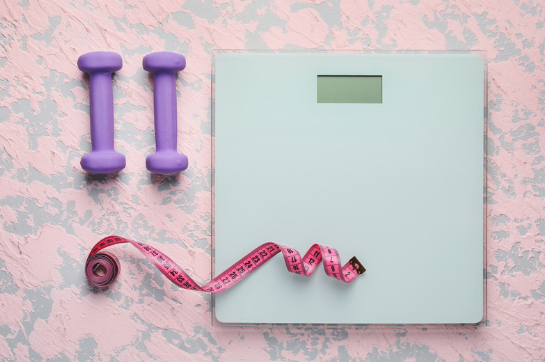
If you think back, it wasn’t always like this. There was a time when you felt excited about both your personal and professional life, waking up ready to tackle the day. But lately, your alarm goes off and you lie in bed feeling exhausted despite a full night of sleep. The thought of work feels unbearable. Productivity has plummeted, responsibilities feel overwhelming, and your mental state is affecting your social life and relationships. You find yourself counting down to the weekend. If this feels familiar, you may be experiencing burnout.
What Is Burnout?
Burnout isn’t just about jobs—it can happen whenever you devote excessive time and energy to a cause, relationship, or role that feels essential but doesn’t deliver the expected reward. The term “burnout” was first coined in 1974 by Herbert Freudenberger, describing it as “a state of fatigue or frustration brought about by devotion to a cause that failed to produce the expected reward, causing the extinction of motivation.” The American Psychological Association defines job burnout as “an extended period of exhaustion and lack of interest, resulting in a decline in performance.” While not a diagnosable medical disorder, burnout is serious and should not be ignored.
Warning Signs of Burnout
Burnout affects both your professional and personal life. Common signs include: dreading work or feeling disengaged; low energy and lack of interest at work or home; increased absenteeism; irritability, impatience, or negativity; feeling your work is meaningless or unrecognized; difficulty sleeping or insomnia; emotional withdrawal from family, friends, or colleagues; physical symptoms like headaches, stomachaches, or frequent illness; turning to alcohol, drugs, or food to cope; and feelings of emptiness, hopelessness, or low self-esteem. Factors contributing to burnout vary by individual. External causes include overwhelming workloads, long hours, or a high-pressure work environment. Internal factors, like perfectionism, Type-A tendencies, or workaholism, can also increase vulnerability.
Overcoming Burnout
Once you recognize burnout, it’s time to take action. Short-term fixes like a vacation can help, but long-term solutions require addressing the root causes.
Step 1: Assess the Source – Be honest with yourself. Are external pressures causing burnout, or are your own expectations driving it? Understanding the source helps determine the best strategy.
Step 2: Adjust Your Environment – Communicate with your boss about priorities, delegating tasks, or better aligning work with your strengths. Set boundaries around work hours and device usage to protect personal time.
Step 3: Seek Support – Talk with family, friends, and colleagues. For severe or persistent symptoms, consult a mental health professional. Use available resources like Employee Assistance Programs (EAPs).
Step 4: Prioritize Self-Care – Engage in hobbies, exercise, volunteer work, or social activities. Nurture a rich life outside of work to maintain balance and prevent burnout.
Step 5: Reevaluate Career Goals – In some cases, a career change may be necessary. However, many thrive in demanding roles by prioritizing self-care, asking for help, and focusing on meaningful work rather than perfection.
The Path Forward
Burnout is serious, but it is also reversible. By recognizing the signs, seeking support, setting boundaries, and prioritizing self-care, you can regain energy, motivation, and joy in your personal and professional life. Soon, you may once again wake up feeling excited and ready for the day ahead—no matter what it brings.












